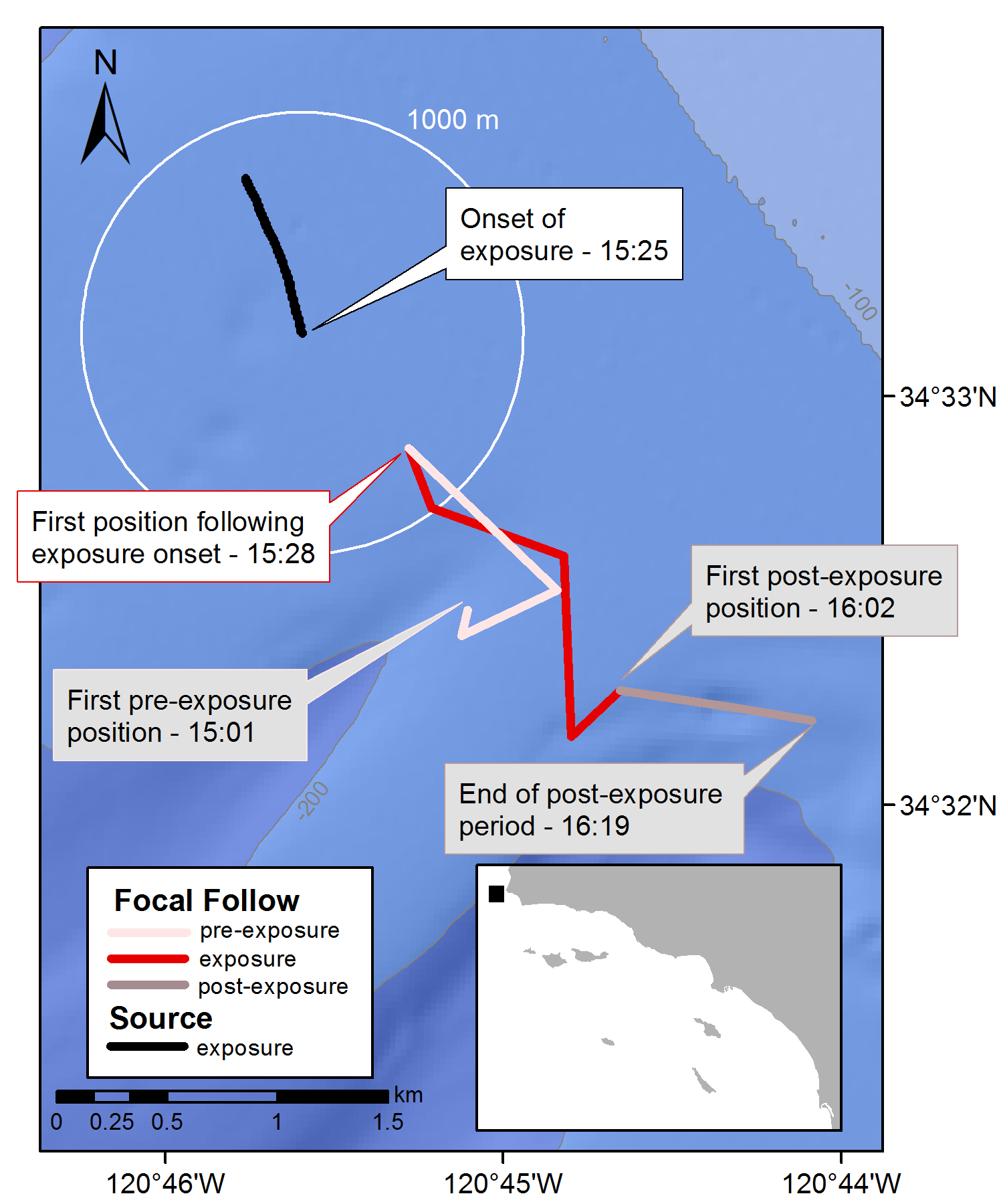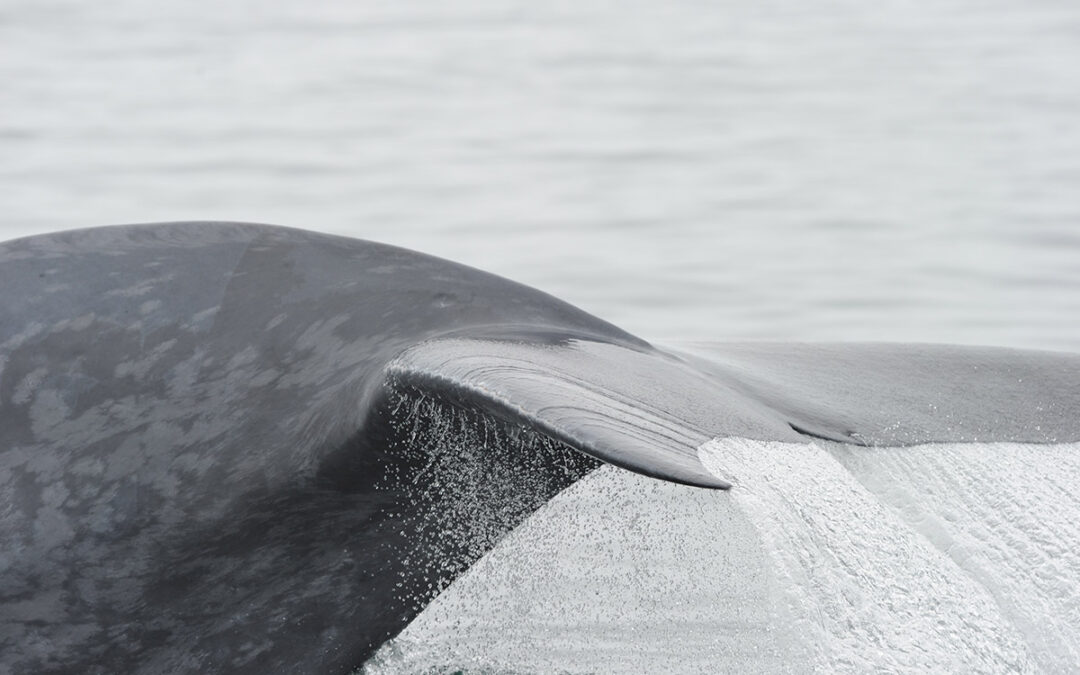SEA is proud to announce the publication of our most recent paper documenting fine-scale aspects of the responses of endangered blue whales to military sonar. This study includes one of the largest sample sizes ever accomplished in a controlled experimental field study with any marine mammal. The results provide critical insight into the importance of the context of sound exposure on response probability and magnitude in whales.
Southall, B. L., DeRuiter, S. L., Friedlaender, A., Stimpert, A.K.,.Goldbogen, J.A., Hazen, E., Casey, C., Fregosi, S., Cade, D.E., Allen, A.N., Harris, C.M., Schorr, G., Moretti, D., Guan, S., and Calambokidis, J. (2019). Behavioral responses of individual blue whales (Balaenoptera musculus) to mid-frequency military sonar. Journal of Experimental Biology, 222, jeb190637. doi:10.1242/jeb.190637
This study measured the degree of behavioral responses in blue whales (Balaenoptera musculus) to controlled noise exposure off the southern California coast. High-resolution movement and passive acoustic data were obtained from non-invasive archival tags (n=42) while surface positions were obtained with visual focal follows. Controlled exposure experiments (CEEs) were used to obtain direct behavioral measurements before, during, and after simulated and operational military mid-frequency active sonar (MFAS), pseudorandom noise (PRN), and controls (no noise exposure). For a subset of deep-foraging animals (n=21), active acoustic measurements of prey were obtained and used as contextual covariates in response analyses. To investigate potential behavioral changes within individuals as a function of controlled noise exposure conditions, two parallel analyses of time-series data for selected behavioral parameters (e.g., diving, horizontal movement, feeding) were conducted. This included expert scoring of responses according to a specified behavioral severity rating paradigm and quantitative change-point analyses using Mahalanobis distance statistics. Both methods identified clear changes in some conditions. More than 50% of blue whales in deep feeding states responded during CEEs, while no changes in behavior were identified in shallow-feeding blue whales. Overall, responses were generally brief, of low to moderate severity, and highly dependent on exposure context such as behavioral state, source-to-whale horizontal range, and prey availability. Response probability did not follow a simple dose-response model based on received exposure level. These results, in combination with additional analytical methods to investigate different aspects of potential responses within and among individuals, provide a comprehensive evaluation of how free-ranging blue whales responded to mid-frequency military sonar.


